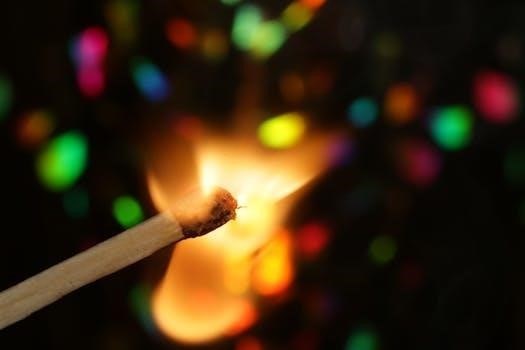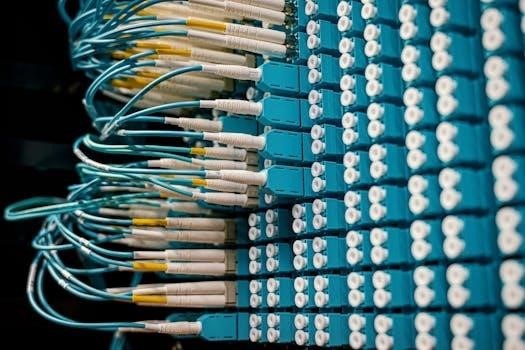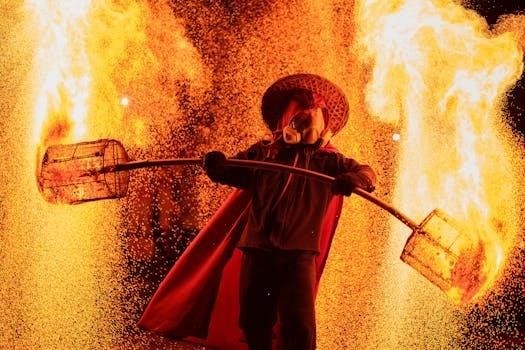Understanding Your Electric Fire Remote Control
Electric fire remote controls offer convenient operation from your sofa. These devices often feature buttons for turning the fire on or off. Many models provide options for adjusting heat output. Some remotes control flame effects independently of the heat setting. These remotes are designed for ease of use and convenience.
Basic On/Off Functionality
The most fundamental function of any electric fire remote control is the ability to turn the appliance on and off. Typically, this is achieved through a dedicated power button, often marked with a universal power symbol. Pressing this button once will activate the electric fire, initiating both the flame effect and, if desired, the heating element. A second press of the same button will usually deactivate the fire, turning off both the flame display and heat. Some models may have a separate button for just the flame effect, while the heater is controlled by another button. It is important to note that the remote’s on/off functionality only controls the electric fire, and does not disconnect the mains power. For safety reasons, before any maintenance work or if the fire is not to be used for extended periods, it is recommended to ensure the mains power switch is turned off. The remote control’s primary purpose is to provide a convenient way to switch the fire on or off without having to reach the fire itself.
Heat Settings Control
Most electric fire remote controls offer multiple heat settings, typically controlled through dedicated buttons or a sequence of presses on a single button. These settings allow users to adjust the level of warmth produced by the fire, catering to varying comfort levels and room sizes. A common configuration includes a low and high heat setting, often labeled as 1000W and 2000W, respectively. Pressing the low heat button activates the lower heating element, providing a gentle warmth, while pressing the high heat button activates both heating elements for more intense heat. Some remotes may also have an eco-mode that uses a lower level of energy to maintain a comfortable room temperature. It’s important to consult the manufacturer’s instructions for specific heat settings, as they may vary from model to model. It is important to note the heat will only function when the manual control is in the Flame & Heat position, or as stated in your manual. The remote control’s heat settings allow you to tailor the fire’s output to your specific needs.

Specific Remote Control Features
Beyond basic on/off and heat controls, electric fire remotes often include specific features. These may consist of timers, thermostat settings, and flame effect adjustments. Such features enhance user experience and customization options.
Timer Functionality
Many electric fire remote controls offer a timer functionality, allowing users to preset the operational periods for their appliance. This feature is beneficial for managing energy consumption and ensuring the room is warm at specific times. Users can set the timer to automatically turn the fire on before they arrive home, or to switch it off after a certain duration, preventing unnecessary energy use. These timers often have multiple settings to cater to different daily routines, offering flexibility and convenience. Some remotes allow for setting a countdown timer, which will turn off the fire after a specific period. Others offer daily or weekly schedules, enabling consistent heating patterns. The timer function is a vital feature for energy-conscious users and enhances the overall convenience of using an electric fire. Proper understanding and utilization of this function can improve the overall experience with the electric fire appliance.
Thermostat Settings
Electric fire remote controls frequently include thermostat settings, enabling users to maintain a consistent room temperature. These settings allow the fire to automatically adjust its heat output to achieve the desired temperature, ensuring comfort and energy efficiency. Users can select their preferred temperature, and the fire will cycle on and off as needed to maintain it. This feature is particularly useful for preventing overheating and ensuring a comfortable environment. The thermostat settings are usually displayed on the remote control, allowing for easy adjustment. Some advanced models also have a temperature sensor to monitor the room’s ambient temperature, providing more accurate heating control. The thermostat functions are an integral part of modern electric fire remote controls, offering precision and convenience. Understanding and utilizing the thermostat settings properly can help maintain a comfortable room temperature while being energy efficient.

Remote Control Usage and Maintenance
Proper usage involves keeping the remote in the same room as the fire. Avoid covering the temperature sensor. Always turn the fire off using the remote before disconnecting power. Regular care ensures prolonged remote control functionality.
Manual Mode Operation
Manual mode on your electric fire allows for direct control of the heating and flame effects, bypassing any programmed settings. Engaging manual mode typically involves using the buttons located directly on the fire itself, rather than relying on the remote control. In manual operation, the flame effect and heater may be turned on simultaneously, depending on the fire’s design. Some models might have a dedicated switch or button to activate manual mode, while others may automatically default to manual if remote control operation is not detected. When in manual operation, you can typically select different heat settings using the fire’s controls. It’s important to note that while in manual mode, remote control commands might not function, or they may only control the flame effect if a separate control is available. The heater may not run on the remote if the manual control is in the flame and heat position. Always check the specific instructions for your model to fully understand the manual mode controls. This mode provides a reliable way to use the fire even if the remote is unavailable.
Remote Control Placement and Care
Proper placement and care of your electric fire remote control are crucial for its longevity and reliable operation. Always keep the remote in the same room as the electric fire to ensure proper signal transmission. Avoid placing the remote in direct sunlight or near sources of heat, as this can damage the internal components. It’s also essential to keep the remote away from moisture and liquids to prevent electrical damage. When not in use, store the remote in a safe location where it will not be accidentally damaged or lost. Regularly clean the remote with a soft, dry cloth to remove dust and grime. Avoid using abrasive cleaners, as they can damage the surface. Do not cover any temperature sensors on the remote, as this will affect its ability to correctly detect temperature for thermostat settings. If your remote uses batteries, replace them when needed to ensure continuous, trouble-free operation. Following these simple guidelines will help you keep your remote control working efficiently for years.

Safety and Precautions
Always ensure the electric fire is installed correctly as described in the manual. Do not place the heater directly under a socket. Before disconnecting, use the remote to turn the fire off and ensure the mains switch is off.

Proper Installation Guidelines
Before commencing the installation of your electric fire, it’s crucial to consult the provided manual thoroughly. This ensures adherence to the manufacturer’s specific guidelines. Verify that the intended location for the electric fire is suitable and meets all clearance requirements. The heater should not be positioned directly beneath a socket outlet. Ensure that the unit is securely mounted to the wall or placed according to the manufacturer’s recommendations. Improper installation could lead to safety hazards, so it’s imperative to follow the steps meticulously. If the electric fire is part of a suite, ensure the timber surround is correctly assembled and installed. Confirm all electrical connections are made as per the instructions. It is vital to ensure no wires are pinched or damaged during installation. If you are not comfortable with electrical work, consider seeking the assistance of a qualified electrician. The correct installation guarantees safe operation and optimal performance of your electric fire. It is important to do this to ensure the longevity of your electric fire.
Disconnection Procedures
Prior to disconnecting your electric fire, it is vital to ensure the unit is switched off. Use the remote control to turn the fire off completely. Then, locate the main power switch, which is often located on the appliance itself and move it to the off position. This ensures that there is no power flowing to the electric fire. Double check that all indicator lights are off. Allow the unit to cool down completely before attempting any further procedures. Once the unit has cooled and is powered off, you can unplug it from the mains socket. If the electric fire is wired directly, it is essential to consult a qualified electrician to safely disconnect the wiring. Do not attempt to disconnect directly wired units yourself, as this could be dangerous. After disconnecting, store the power cord safely. It is advisable to wait for the unit to fully cool down to avoid burns. Always ensure the unit is disconnected before moving it or undertaking any repairs. Following these steps will ensure a safe disconnection.
